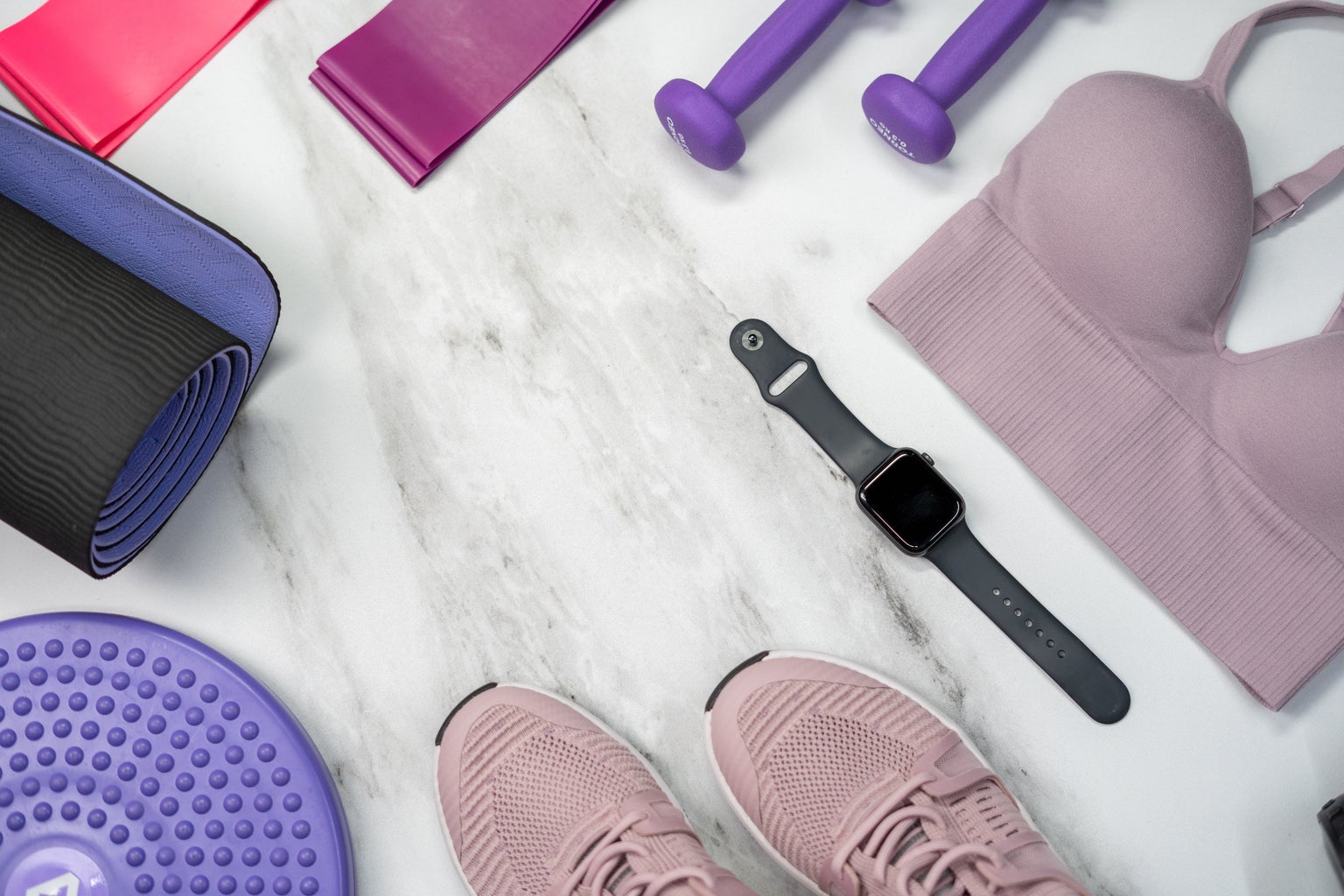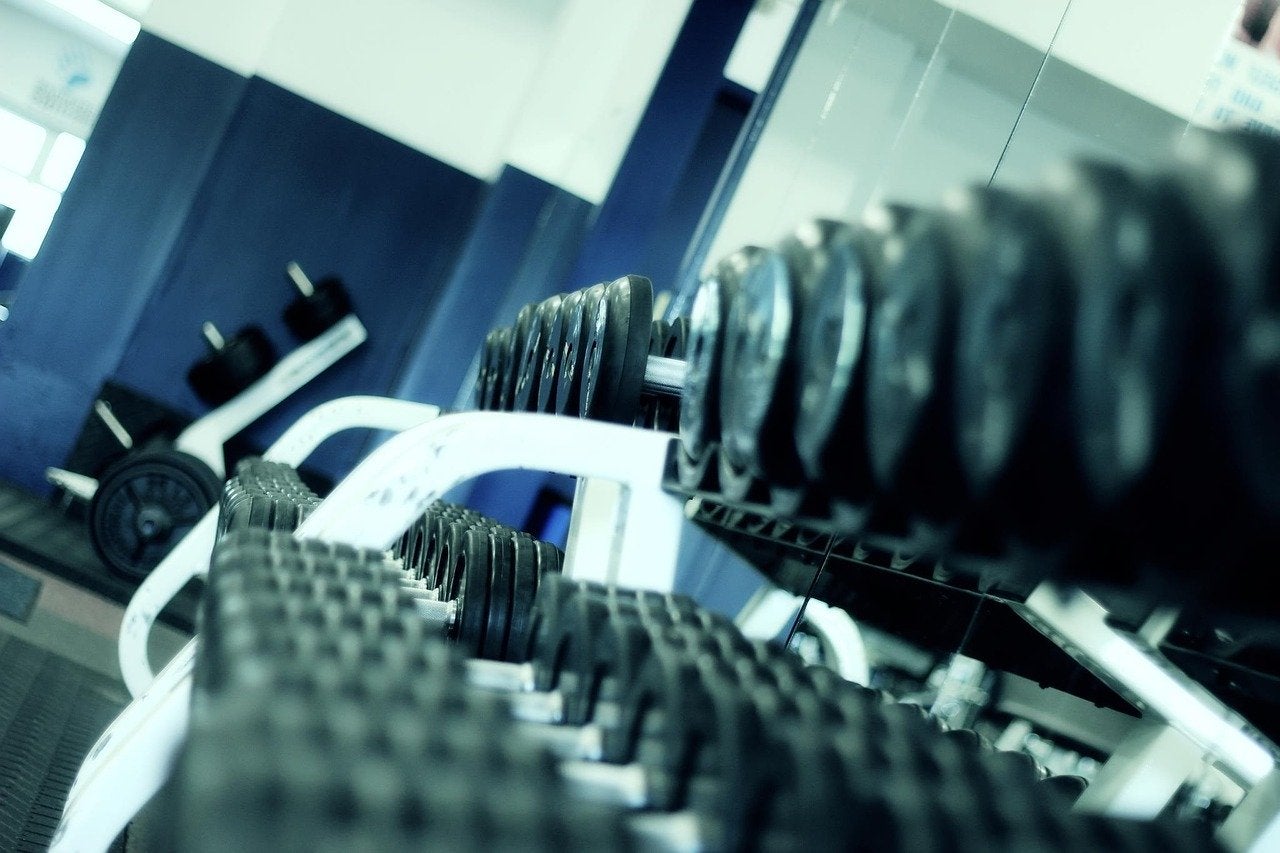“That which does not kill us makes us stronger.” – Friedrich Nietzsche.
Oftentimes, we hear this quote as a way to emphasize the importance of resilience in the face of mayhem. However, it is also a great way to express how heat shock proteins and cold shock proteins work. Extreme heat or cold can cause injury to your body that forces it into a recovery state. Upon recovery, you are in an elevated state and have improved your overall health.
What are heat shock proteins and cold shock proteins?
Heat shock proteins are commonly known as “molecular chaperones” because they aid in the folding of proteins. If a protein is folded incorrectly, it will no longer function properly. Proteins are relied on biologically for us to live and further develop. HSPs mainly fall within the following classes: HSP90, HSP70, HSP60, or HSP100. They are produced when your body is exposed to a stressor such as hot temperature, lack of oxygen, mechanical stress, or even UV radiation. HSPs preserve physiological function or any possible damage to cells that can be caused by environmental stress.
Cold shock proteins are produced when your body experiences extremely cold temperatures. RBM3 is a well-known cold shock protein that is vital for preventing neurodegeneration.
They have many benefits, including reducing inflammation, protection from oxidative damage, and repairing damaged proteins. There are long-term benefits seen from the consistent increase of cold shock proteins and HSPs.
How to increase the production of heat shock proteins and cold shock proteins?
You can easily increase the production of HSPs or cold shock proteins by dramatically raising or lowering your temperature. Successfully doing so can significantly enhance your body and reduce the risk of contracting diseases. If you want to live a happier, healthier life then consult your healthcare professional about trying the following:
-Sauna
-Exercise in layered clothes
-Hot bath
-Ice bath
-Cold showers
-Hot showers
-Fasting
-Cryotherapy
Be sure to heed your healthcare professional’s advice and be cautious about implementing these tactics into your routine. It’s best to condition your body to extreme cold or hot temperatures by only attempting to endure the change in temperature for small periods at a time. As your body adapts, you can increase exposure. For example, having a 15-minute sauna session and then growing to have a 40-minute sauna session. Always hydrate before and after drastically raising your body temperature and note any necessary precautions. More importantly, listen to your body! Whether you’re hot or cold, at least you’ll be healthy!





